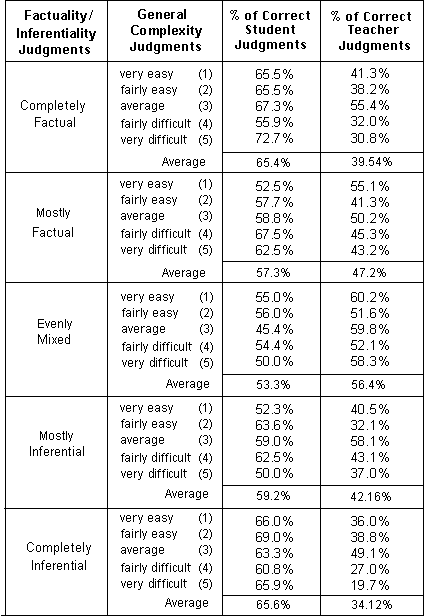
Shiken: JALT Testing & Evaluation SIG Newsletter
Vol. 6 No. 2 April 2002 (p. 6 - 9) [ISSN 1881-5537]
PDF Version
Gholam Reza Haji Pour Nezhad |


